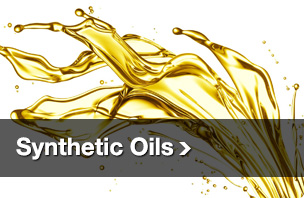The use of environmentally-friendly lubricants is becoming more popular in the marketplace, especially in certain industries, such as, the marine, construction, forestry, mining, and oil and gas industries.
Companies are concerned about spills and their environmental footprint, but, at the same time, need products that perform. So, many are looking for lubricants that will meet the required criteria. Unfortunately, there can be confusion in the terms and definitions of environmentally-friendly lubricants as well as difficulty finding the product that meets the performance requirements.
- Is the product bio-based? – when we are speaking of a bio-based product, we are typically talking about a lubricant that is comprised of a renewable basestock. However, most lubricants have additives, which bring the product to the required specification. So, the product composition has been changed and it would no longer be considered bio-based and may longer by environmentally-friendly.
- Is the product biodegradable? – a biodegradable lubricant is one that safely and naturally breaks down and assimilates into the environment. Again, additives are typically included in the finished lubricant to bring the product to a certain specification. However, the product may break down over time and be considered biodegradable. There are specific tests that the Coast Guard and EPA use to determine biodegradability and environmental friendliness.
- Is the product made from a synthetic basestock? – some synthetic-based products have been used in the above listed environments. These products can be water-soluble and will completely break down in the environment.
- Is the product cost effective? – synthetic-based products and those made from renewable basestocks can be more expensive than petroleum-based products. In addition, some of the additive packages have to be adjusted to either exclude some common additives (i.,e, heavy-metal additives) or to include additives that will mix well with the basestock.
- Is the product performance met? – it is critical that the product performs well. All of the specifications, i. e., viscosity, oxidative stability, pour points, flash points, etc., must be met. Additive packages may have to be adjusted to ensure that this is accomplished.




